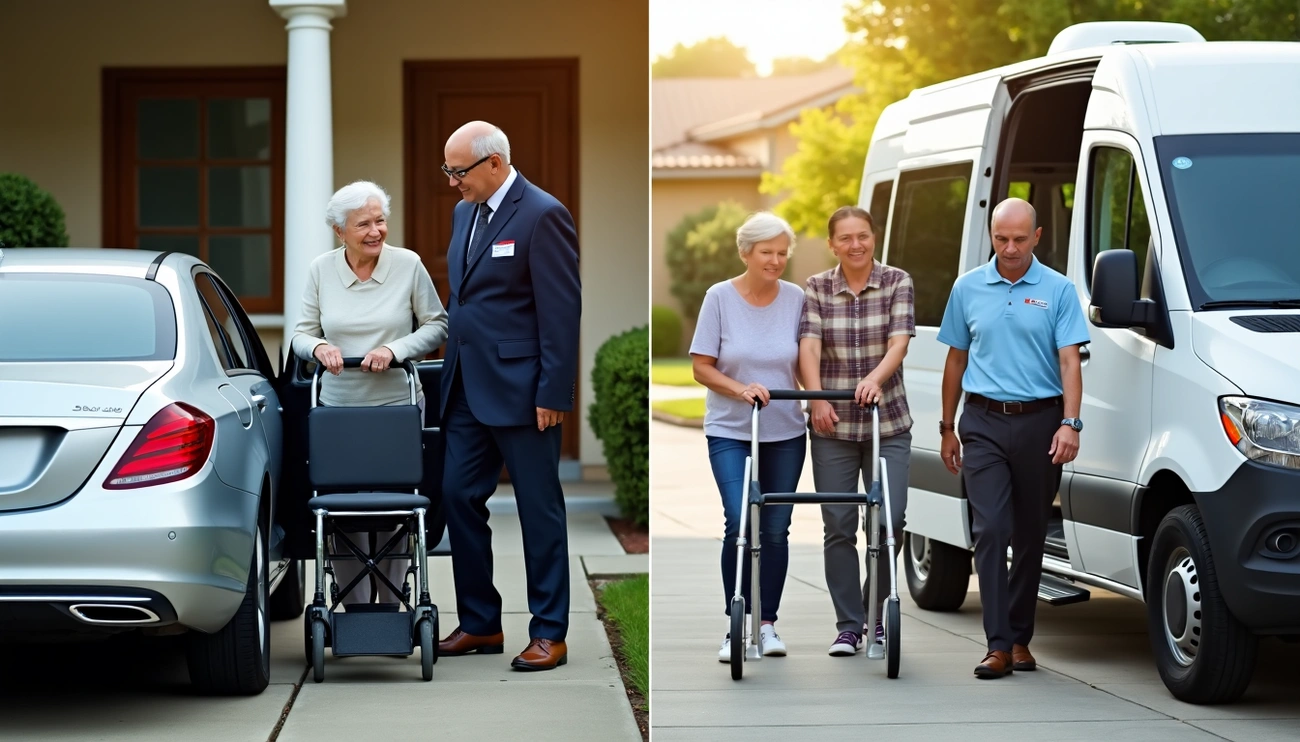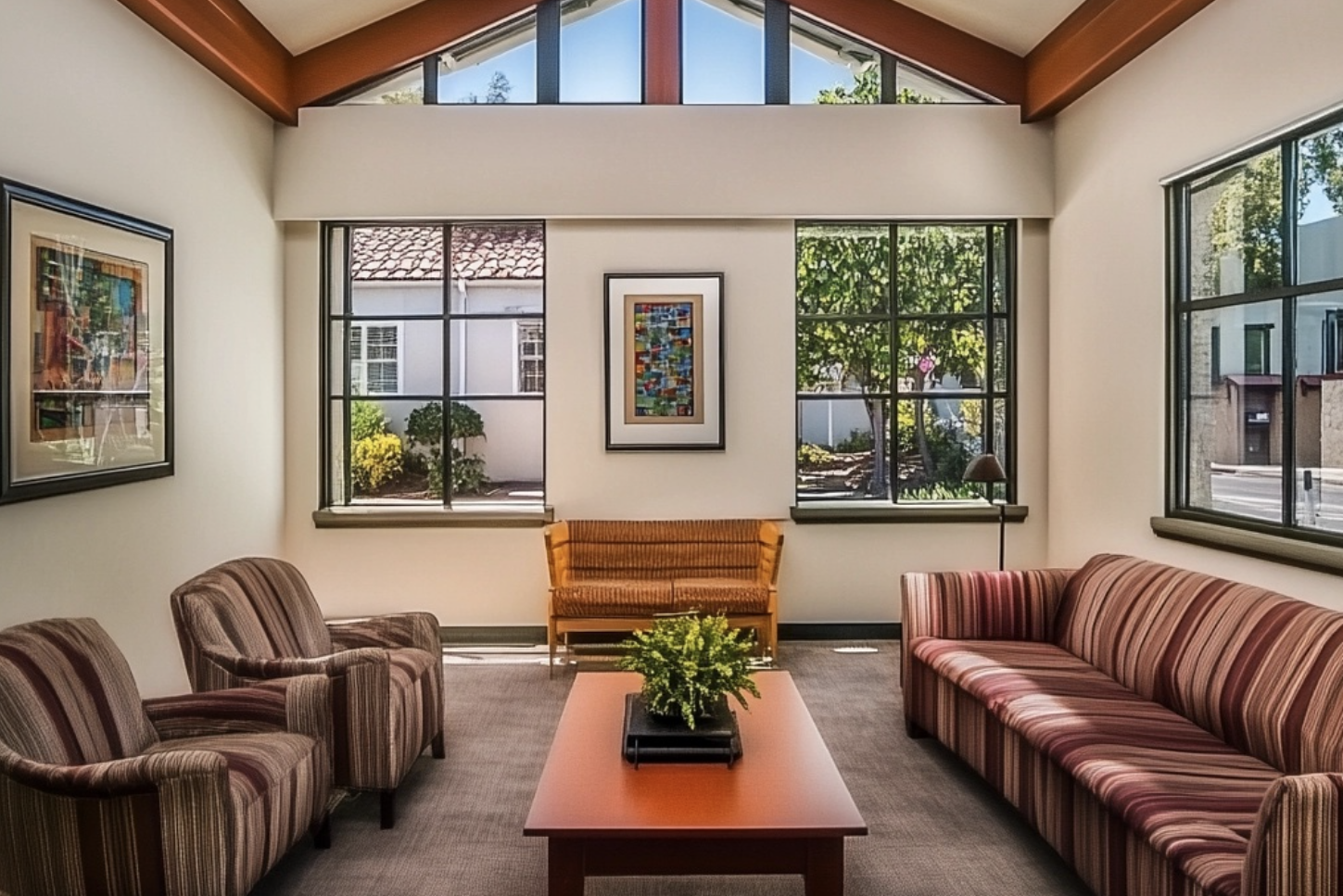The Evolution of Retirement
As the baby boomer generation transitions into retirement, societal perceptions of this life stage are undergoing significant change. Modern seniors view retirement not as an end, but as a new, potentially vibrant phase of life. This article delves into the transformation of senior living, using compelling data to illustrate the emerging trends that are redefining retirement.
1. A Rising Senior Demographic
Globally, we are witnessing an unprecedented increase in the senior population. This demographic shift holds considerable implications for healthcare systems, economies, and the retirement industry.
Table 1: The Expanding Global Senior Population (Age 65+)
| Year | Senior Population (millions) |
|---|---|
| 2020 | 727 |
| 2025 | 883 |
| 2030 | 1,013 |
| 2040 | 1,324 |
(Source: United Nations, World Population Prospects, 2019)
2. Longer Lives, New Perspectives
With advancements in healthcare and healthier living conditions, life expectancy is increasing. This extension of life is reshaping perspectives about retirement and senior living.
Table 2: Average Life Expectancy at Age 65
| Year | Men | Women |
|---|---|---|
| 2020 | 18.1 years | 20.7 years |
| 2025 | 19.0 years | 21.5 years |
| 2030 | 19.8 years | 22.3 years |
(Source: Social Security Administration, Actuarial Life Table, 2020)
3. Rethinking Retirement Age
As healthier seniors relish more active years, the traditional retirement age is under scrutiny. Many seniors opt to prolong their working years, driven either by financial necessity or a desire to remain productive.
Table 3: Shift in Average Retirement Age in the U.S.
| Year | Men | Women |
|---|---|---|
| 2000 | 63.8 | 62.3 |
| 2005 | 64.2 | 62.6 |
| 2010 | 64.6 | 62.9 |
| 2020 | 65.1 | 63.2 |
(Source: U.S. Bureau of Labor Statistics, 2020)
4. The Active Retirement Lifestyle
Modern seniors crave active, fulfilling retirements. They’re not only traveling and volunteering but also launching new careers or businesses, and exploring hobbies.
Table 4: Retirement Activities of Seniors
| Activity | Percentage of Seniors |
|---|---|
| Travel | 45% |
| Volunteering | 40% |
| Hobbies | 65% |
| Starting a Business/New Career | 15% |
| Continuing Education | 25% |
(Source: Transamerica Center for Retirement Studies, 2020)
5. Financing the Golden Years
With longer life spans and desire for active lifestyles, solid financial preparation for retirement is paramount. Personal savings, pensions, and investments are critical alongside Social Security.
Table 5: Sources of Retirement Income
| Income Source | Percentage of Total Income |
|---|---|
| Social Security | 33% |
| Personal Savings | 32% |
| Pensions | 21% |
| Investments | 14% |
(Source: U.S. Census Bureau, Current Population Survey, 2020)
6. Housing Preferences for Today’s Seniors
When it comes to housing, many seniors prefer to age in place, modifying their homes to suit their evolving needs. However, there’s a growing trend towards retirement communities offering social activities, healthcare facilities, and more.
Table 6: Senior Housing Choices
| Housing Type | Percentage of Seniors |
|---|---|
| Aging in Place | 76% |
| Retirement Communities | 24% |
(Source: AARP, Home and Community Preferences Survey, 2020)
Table 7: Senior Home Modifications
| Modification Type | Percentage of Seniors |
|---|---|
| Safety Features (rails, non-slip floors) | 60% |
| Accessibility Features (ramps, stairlifts) | 40% |
| Health and Wellness Features (air purifiers, ergonomic design) | 30% |
(Source: HomeAdvisor, Aging in Place Report, 2020)
In summary, today’s seniors are revolutionizing the conventional concept of retirement. Longer life spans, financial self-reliance, and the aspiration to stay active are enabling seniors to lead enriching, fulfilling retirements. As we navigate this demographic evolution, we have a unique opportunity to reimagine and enhance retirement living for the seniors of today and tomorrow.












